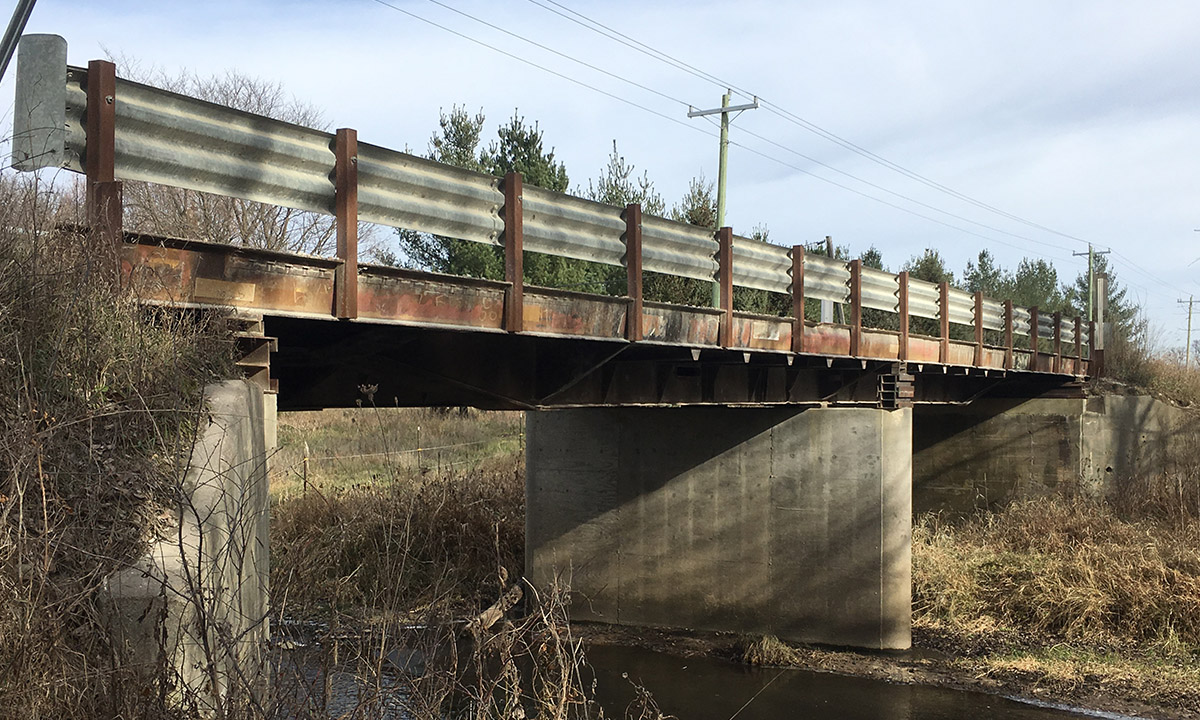
Mike Steenhoek, Soy Transportation Coalition, aboard the riverboat Twilight on the Mississippi River near LeClaire
Rural bridge replacement and repair in need of a farmer mentality
September 23, 2021
One of the many admirable traits of farmers is that when they encounter a challenge or dilemma at their farming operation, their default response is not to get out their credit card and start spending their hard-earned money. Instead, most farmers first ask themselves, “How can I be creative and innovative in order to solve this problem without spending a significant amount of money? I would rather save my way out of this problem rather than spend my way out of this problem.”
If this stewardship mentality works so well on the farm, it certainly should work when managing and improving our transportation system. While we affirm and applaud much of the national debate regarding investing in our multi-modal transportation system, the overwhelming majority of the proposals submitted by our nation’s leaders focus on addressing the needs via more taxpayer funding. Increased investment is clearly required. However, the approach to enhancing our transportation system could also benefit from the farmer mentality that insists on making an existing dollar stretch further.
Essential supply chain link
Rural roads and bridges serve as the initial link in the overall supply chain – allowing the soybeans and grain produced on a farm to be eventually consumed by domestic and international customers. Of the bridges in the country classified as deficient and, in many cases, subject to closures or restricted access, a significant percentage are in rural areas.
To promote more cost-effective approaches to replacing and repairing rural bridges without compromising safety, the Soy Transportation Coalition (STC) recently released the report, “The Top 20 Innovations for Rural Bridge Replacement and Repair.” The report features 10 rural bridge replacement innovations and 10 rural bridge repair innovations.
Many of the innovative concepts featured in this report can result in a 50% or greater cost savings for rural counties. This can easily result in replacing a bridge for $100,000 to $150,000 compared to the prevailing method of $250,000 to $400,000.
To select the featured innovative concepts, the STC assembled a group of 13 bridge engineers and experts from the 13 states comprising the organization. Three engineers serve as principal analysts for the project with the remaining 10 engineers or experts serving as advisory committee members. A concept must meet the following criteria to be included in the Top 20 list:
- Provide initial or lifecycle cost savings
- Have been validated by a credible engineering entity or organization
- Be accessible in a large section of rural America.

Our nation’s rural bridges serve as the initial step in a product’s lengthy journey to the ultimate customer. Unfortunately, the region of the country in which bridge conditions are most severe – rural areas – also happen to be the region in which available funding to improve these conditions is stagnant or declining. The concern remains that if this starting line for farmers is not well maintained, soybeans and grain will not effectively reach our customers.
While pursuing increased investment for rural bridges should be a featured part of our overall strategy, increased energy and attention must also be devoted to addressing the cost side of the equation and making existing tax dollars stretch further. More spending is certainly welcome, but we also should pursue more savings. As we strive to maintain and improve our transportation system, may we think more like farmers.
This story was originally published in the October 2021 issue of the Iowa Soybean Review.
Back